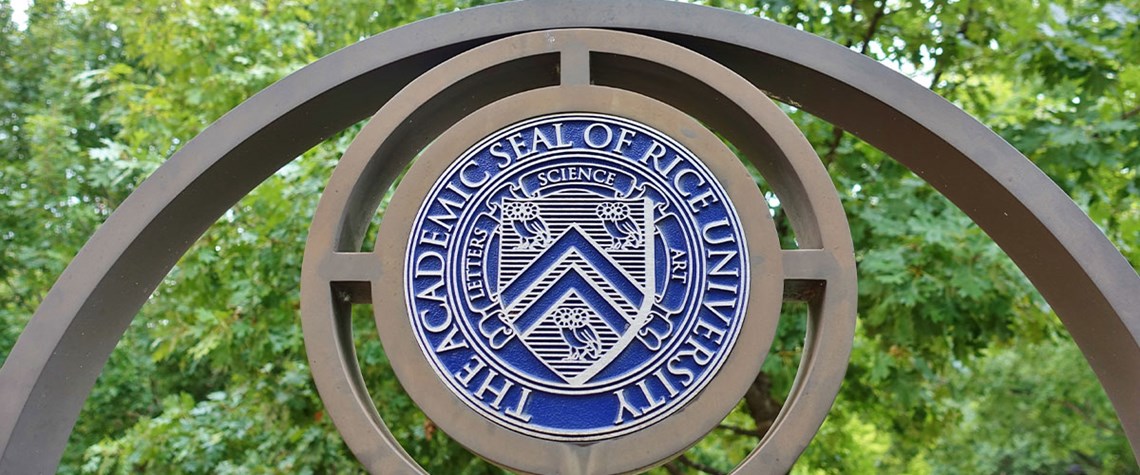Researchers engineer light-activated ammonia-to-hydrogen catalyst
A team led by Rice University has designed a method of cracking ammonia that could replace the use of expensive metals for thermocatalysts
A light-activated catalyst made using copper and iron has been used to produce gram-scale quantities of hydrogen gas from ammonia, according to a recently published paper in peer-reviewed journal Science. The researchers say the discovery could pave the way for the replacement of precious metals in catalysts used to reconvert ammonia back to hydrogen. Ammonia has been suggested as a way to safely store and transport hydrogen using existing infrastructure. However, the process of converting hydrogen to ammonia and cracking it back again for end-use can result in energy loss of up to 22pc. Cracking to hydrogen is also an energy-intensive process, requiring high temperatures to speed up reacti

Also in this section
10 December 2025
Project developer Meld Energy ready to accelerate 100MW project in Humber region after securing investment from energy transition arm of private equity firm Schroders Capital
9 December 2025
BP and Engie abandon large-scale green hydrogen projects in Gulf state as developers in all regions continue to struggle with lack of firm offtake
5 December 2025
European Commission highlights rapid growth of Chinese production this year, as it retains strict procurement rules in latest European Hydrogen Bank subsidy auction
2 December 2025
Oil major cites deteriorating demand and a planning debacle as it abandons one of UK’s largest blue hydrogen projects







